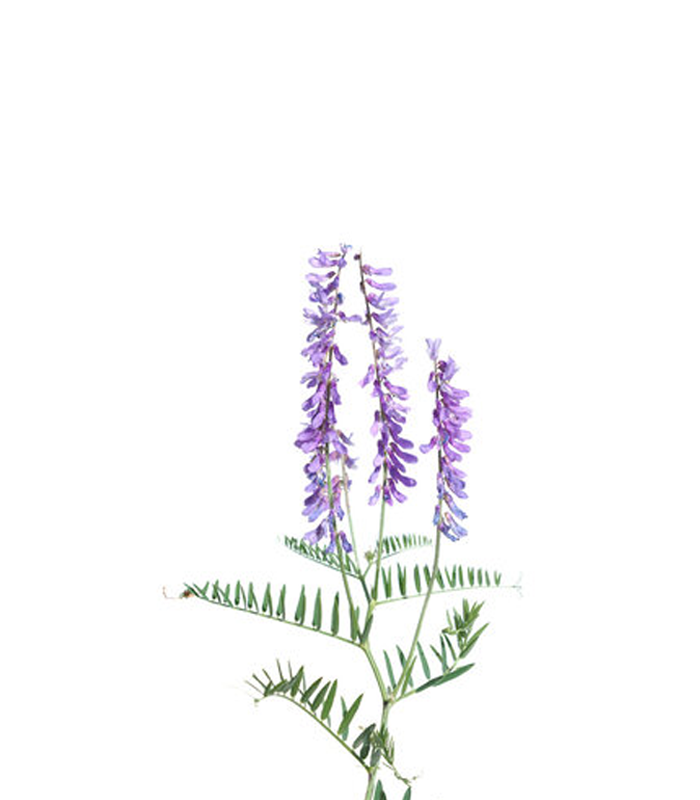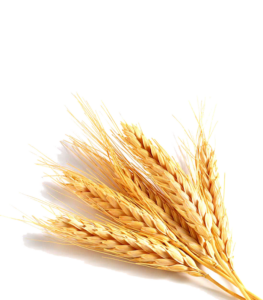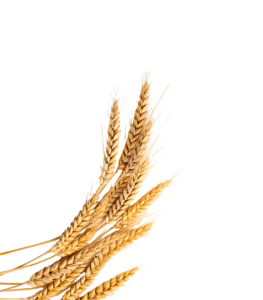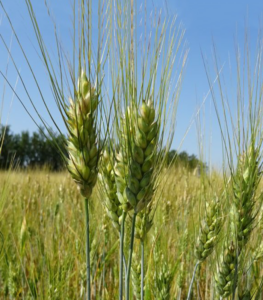Vetch
In Greece, vetch is the most widespread winter legume, because it adapts satisfactorily to the various ecological environments. The species cultivated exclusively is V. sativa (common vetch) for fruit and hay production. Its use for silage or grazing is limited. It is considered one of the most suitable plants for green fertilization and crop rotation with winter grain crops.
Yields
Hay and seed yields usually range between 500-800 and 150-250 kg/hectare respectively.
Climate
It is considered a plant with adaptability and relatively reduced resistance to cold, although there are species and varieties that are more resistant. The seeds germinate at temperatures of 2-6 °C, while the developed plants of some varieties withstand low temperatures down to -10 °C. The most suitable temperatures for the growth of vetch plants are 17-20°C. The needs of the vetch for moisture are relatively large. The areas where it is grown must have an annual rainfall of at least 400 mm.
Amount of seed
The amount of seed we use depends on the direction of the crop. For monoculture, amounts of 4-18kg/hectare are required. We need a larger amount of seed in the grain crops. In our country, 18 kg/str are used. for hay cultivation and 16kg/str. for fruitful cultivation. Sowing is done mainly in lines that are 25cm apart. Sowing machines are used for sowing. The sowing depth is 3-5 cm.
Diseases
Some diseases that affect the vetch crop are rhizocide, sclerotinia, scurvy and botrytis, while often insects such as thrips and aphids cause problems in the crop.
Harvest
The proper time to harvest ryegrass, when grown alone or intercropped with a winter grain, is usually in May, when most pods are ⅔ of their final size and the seeds are in the soft dough stage. The harvest of the crop when it is intended for fruit production takes place towards the end of May when most of the pods acquire the characteristic yellow color
Παρακαλώ επικοινωνήστε μαζί μας με τους παρακάτω τρόπους




